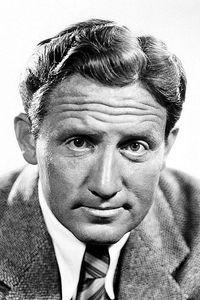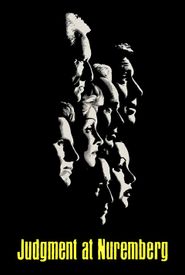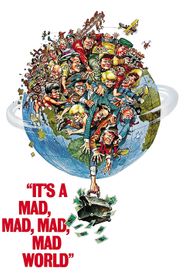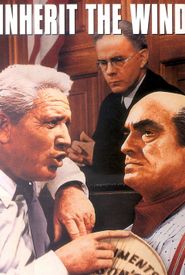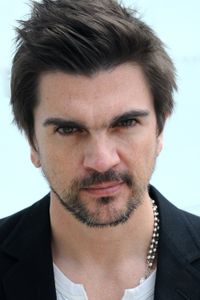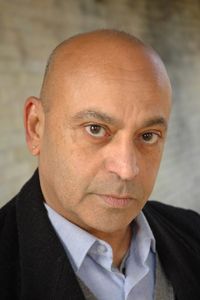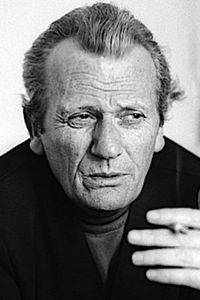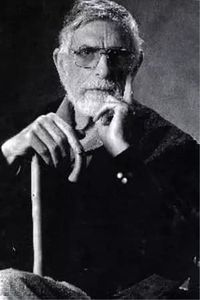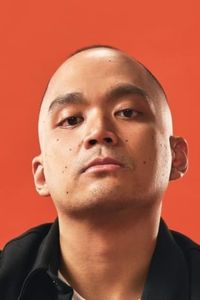Spencer Tracy, the second son born on April 5, 1900, to truck salesman John Edward Tracy and Caroline Brown Tracy, in Milwaukee, Wisconsin, was destined for a life of acting. Growing up, Tracy was drawn to the stage, and after attending Marquette Academy, he quit school to enlist in the Navy at the start of World War I, alongside his classmate Pat O'Brien.
After the war, Tracy returned to his passion for acting, taking on the lead role in the play "The Truth" at Ripon College, which convinced him that acting might be his career. He then moved to New York, where he attended the Academy of Dramatic Arts alongside O'Brien, and both landed nonspeaking parts as robots in "R.U.R.", a dramatization of the groundbreaking science fiction novel by Czech author Karel Capek.
Tracy's early career was marked by a series of small roles and odd jobs to make ends meet, but his critically acclaimed performance in the play "The Last Mile" caught the attention of John Ford, who signed him for The William Fox Film Company's production of Up the River (1930). Despite appearing in sixteen films over the next five years, Tracy struggled to rise to full film star status, partly due to the studio's inability to match his talents to suitable story material.
The studio itself eventually floundered and merged with Darryl F. Zanuck, Joseph Schenck, and William Goetz's William 20th Century Pictures to become 20th Century-Fox. In 1935, Tracy signed with MGM under the aegis of Irving Thalberg, and his career flourished. He became the first actor to win back-to-back Best Actor Oscars for Captains Courageous (1937) and Boys Town (1938).
Throughout his nearly forty-year film career, Tracy was nominated for his performances in San Francisco (1936),Father of the Bride (1950),Bad Day at Black Rock (1955),The Old Man and the Sea (1958),Inherit the Wind (1960),Judgment at Nuremberg (1961),and Guess Who's Coming to Dinner (1967).
Tracy had a brief romantic relationship with Loretta Young in the mid-1930s and a lifelong one with Katharine Hepburn, beginning in 1942 after they were first paired in Woman of the Year by director George Stevens. Despite his strong Roman Catholic beliefs, Tracy and Hepburn remained together until his death.
Tracy struggled with severe alcoholism and diabetes, which led to his declining several tailor-made roles in films that would become big hits with other actors. Although his drinking problems were well known, he was considered peerless among his colleagues, and remained in demand as a senior statesman who retained box office clout. Two weeks after completing Stanley Kramer's Guess Who's Coming to Dinner (1967),Tracy died of a heart attack, at the age of 67.
